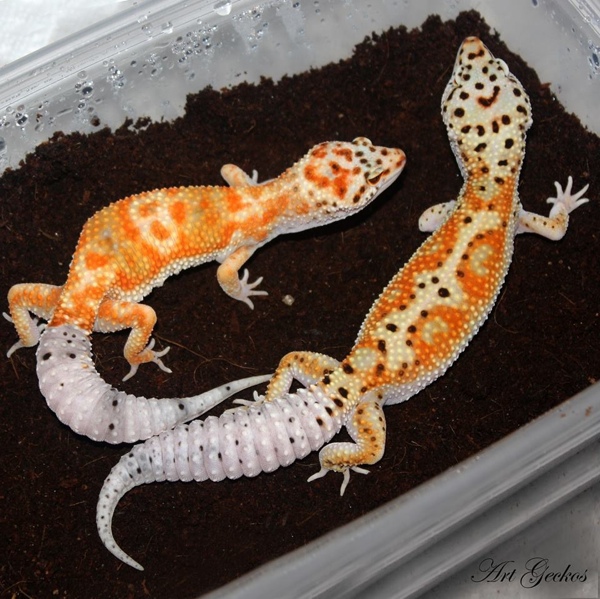Review of Gargoyle Geckos by P. de Vosjoli et. al.
One of the classic books about Rhacodactylus geckos was published in 2003 by Philippe de Vosjoli, Allen Repashy and Frank Fast. It quickly sold out and was soon outdated because of the wealth of new discoveries about the geckos of this genus. The authors decided to write a new guide in several volumes, each volume dedicated to a different Rhacodactylus species.


